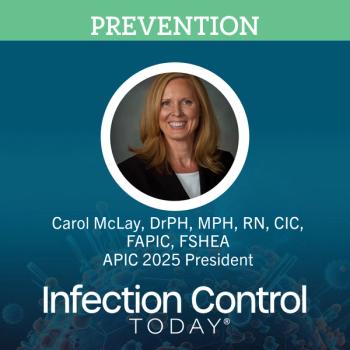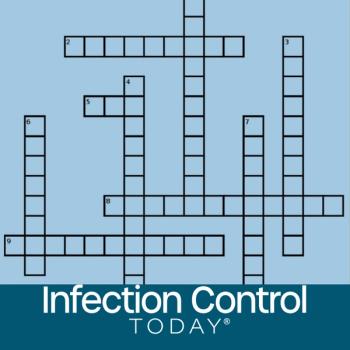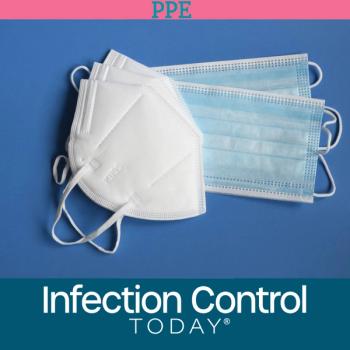
Calgon Carbon Awarded a Second U.S. Patent for Protecting the Public From Cryptosporidium in Drinking Water
PITTSBURGH -- Calgon Carbon Corporation has been granted U. S. Patent No. 6,565,803, its second U.S. patent for preventing infection from cryptosporidium (crypto) found in drinking water using ultra violet (UV) light. The patent also includes the use of UV to control giardia.
Crypto, a microscopic parasite present in almost all surface waters, is highly resistant to traditional treatment methods such as chlorination. When ingested through drinking water, it can cause cryptosporidiosis, an illness characterized by severe abdominal cramps and diarrhea. In individuals with suppressed immune systems, cryptosporidiosis can be fatal.
Prior to Calgon Carbon's breakthrough discovery with Sentinel UV technology, it was thought that very high doses of UV light were required to kill crypto. Calgon Carbon's research discovered that low levels of UV could be used to prevent crypto from replicating.
Calgon Carbon's pioneering research was used to commercialize the Sentinel UV disinfection system as a reliable barrier against viruses, bacteria, and parasites such as crypto at a fraction of the cost of other treatment methods. Also, Sentinel is an environmentally safe technology that does not produce disinfection by-products.
Jim Fishburne, senior vice president of Calgon Carbon, said, "Calgon Carbon's inventive technology means that continuous broadband UV light produced by both medium- and low-pressure mercury lamps is a safe, extremely cost-effective means for water treatment. We expect broad use by many facilities to protect the public from crypto and giardia. Our new patent demonstrates that even lower doses of UV energy can be used, enhancing the efficiency and cost advantages of UV technology."
Calgon Carbon Corporation is a global leader in the production, supply, and design of products, services, and technologies for making air and water cleaner and safer.
Source: Calgon Carbon Corporation
Newsletter
Stay prepared and protected with Infection Control Today's newsletter, delivering essential updates, best practices, and expert insights for infection preventionists.






